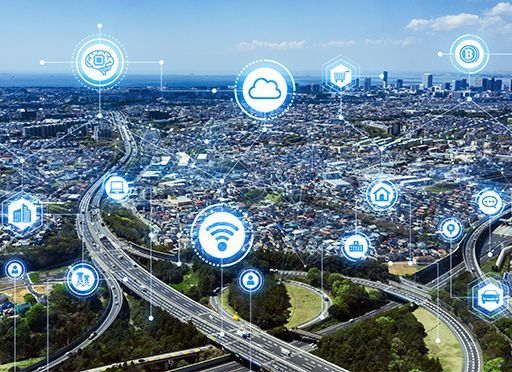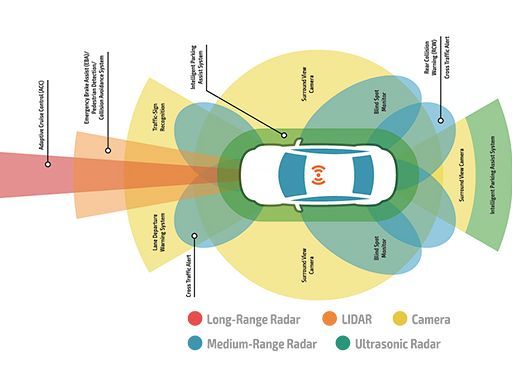The Road to the Future Is Paved with 5G
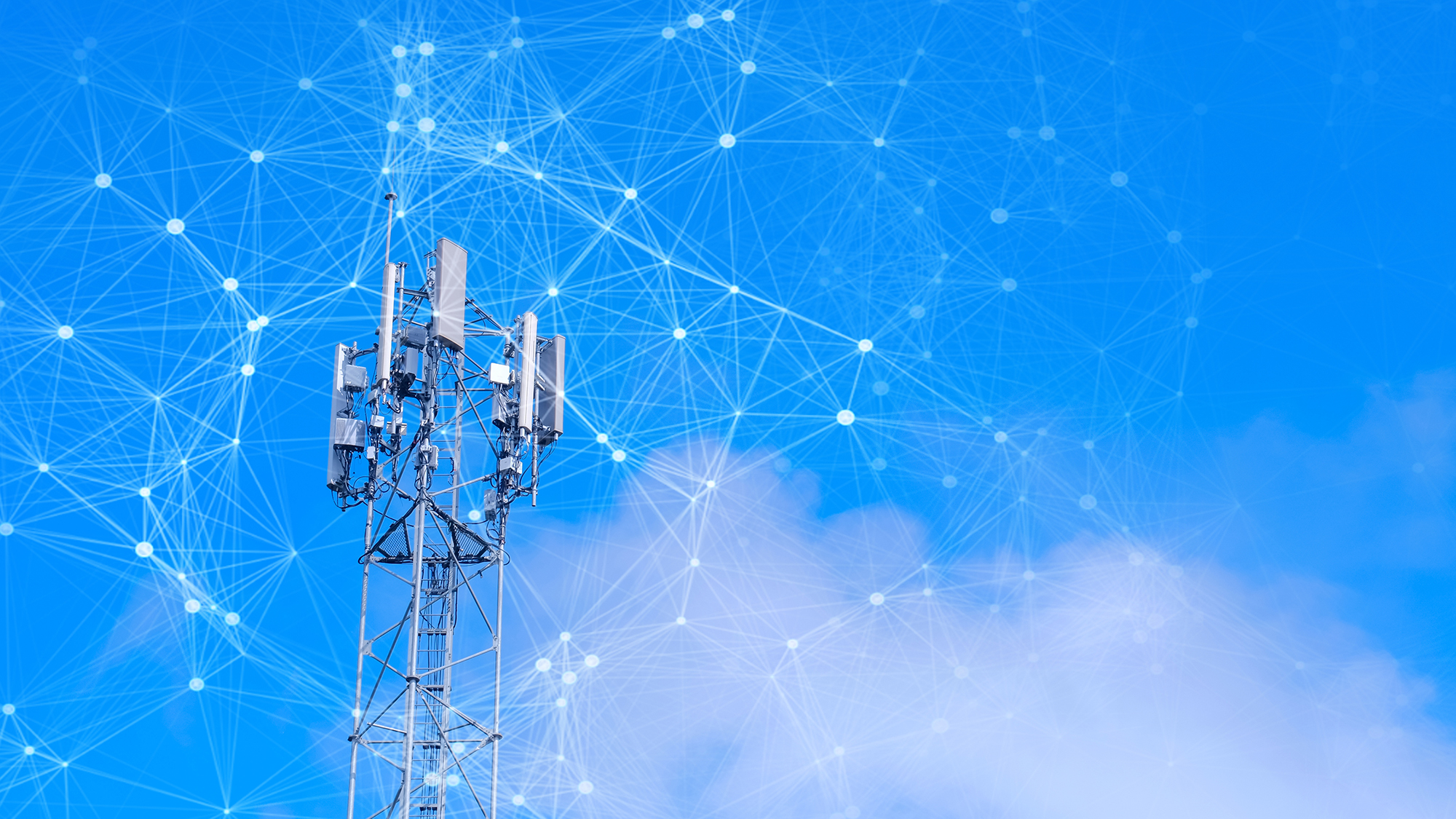
5G is the next, “fifth generation” of wireless internet technology. It occupies a super-narrow band on the radio wave spectrum called “high frequency millimeter waves.” Its signal is stronger, but can’t travel as far as 4G, its predecessor.
1. 5G is Orders of Magnitude More Powerful Than 4G
What can you do with 5G you ask? Well, first and foremost, you can stream your favorite High-Definition videos on your phone without a hitch. You can even stream more than one simultaneously. Or download video games in a blink. Businesses can hold digital meetings without the digital stops and stutters. Communications companies anticipate the 5G signal to be 200 times the strength of 4G, the current standard. Latency, the lag between digital responses, will be 10 times lower than it is currently.
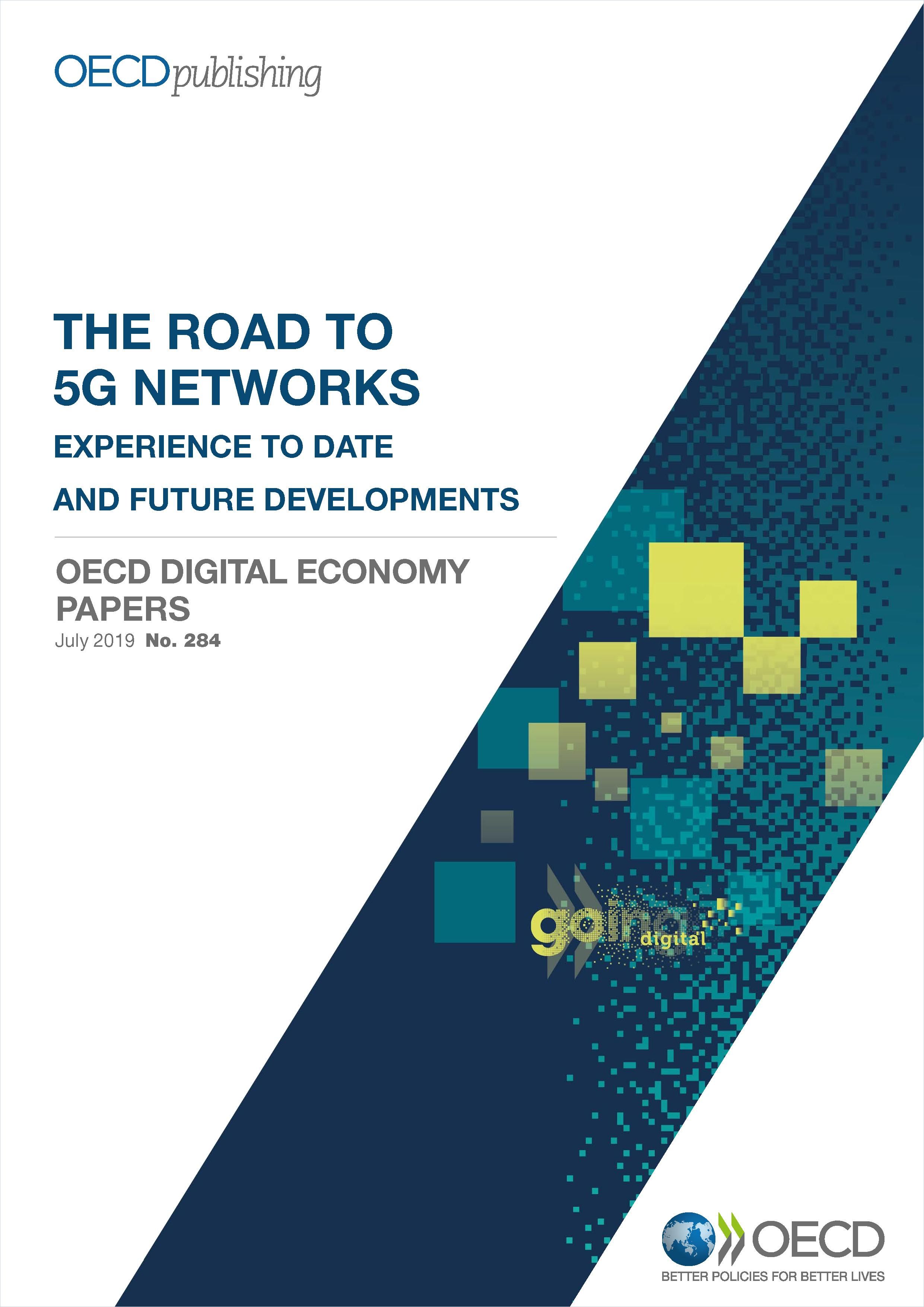
5G is not only the next mobile technology; it is also a new approach for converged communication systems that make more efficient use of available resources.
Working Party on Communication Infrastructure and Services Policy (WPCISP)
2. There Are Some Obstacles, Literally
Despite being stronger and faster, 5G signals are easily weakened by obstacles like buildings and trees; to provide adequate coverage, service providers will have to blanket an area with 5G nodes. Companies are already designing nodes for indoor 5G use. Without careful planning, 5G may seriously interfere with other signals, like GPS. Tech journalist Jamie Hinks points out in “5 Things You Should Know About 5G” that 5G stability is paramount to supporting the Internet of Things, including driverless cars. That means agreeing on international standards, a balancing act between closely coordinating bandwidth use while maintaining an open internet that fosters competition.
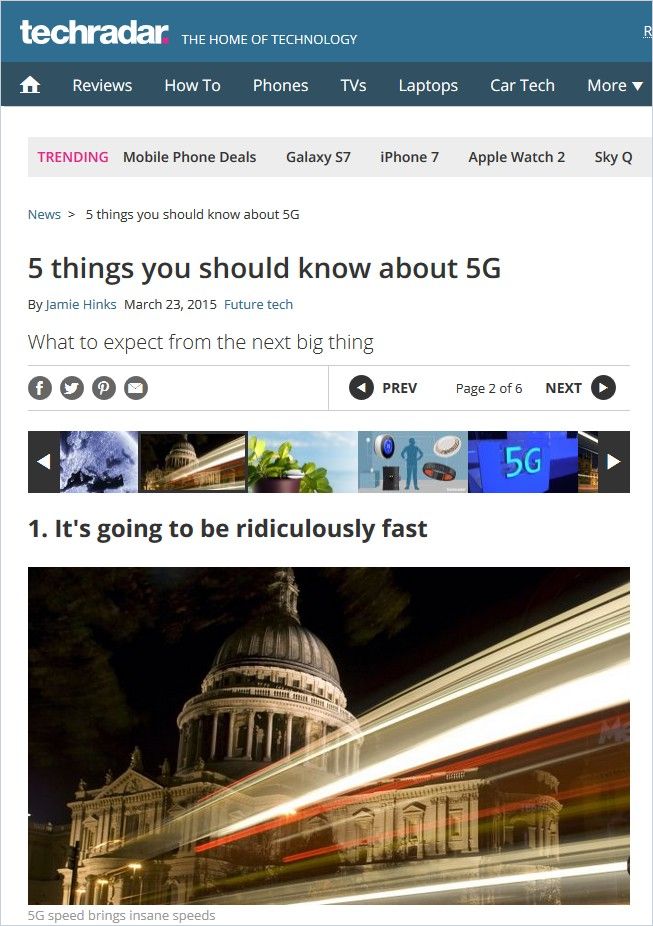
Spectrum management is likely to become a more complex task for regulators, and the efficient methods for countries to manage it will likely vary depending on the regional and international context of spectrum use.
Working Party on Communication Infrastructure and Services Policy (WPCISP)
3. 5G Plus Cloud Computing Is Driving Deep Digital Transformation Globally
Hiccups aside, tech writer Heidi Vella describes 5G for industry as a “game changer.” 5G can handle many more devices on the same network than 4G can – 250 times more. Multiple input and multiple output (MIMO) technology trains concentrated signals on users to greatly speed data transmission; it will feel instantaneous. Some of the truly astonishing anticipated applications include remote surgery, automated blasting and mining, and remotely operated robots of all sorts. It lays the foundation for fully-automated “smart cities” and driverless cars. By allowing each network to be self-contained, 5G promises to strengthen cybersecurity.
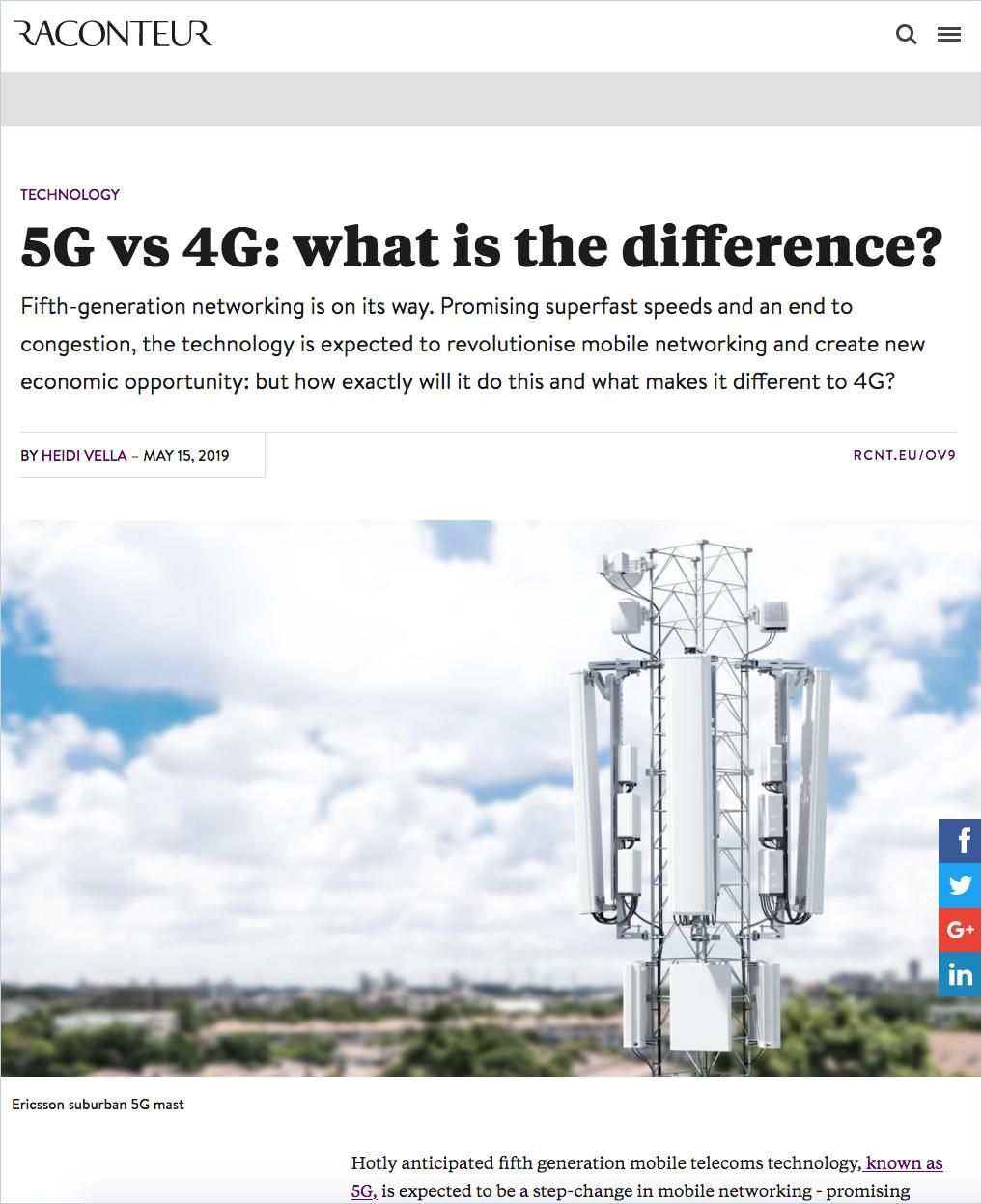
Later iterations of 5G networking are expected to be revolutionary for data-driven industries, smart cities and infrastructure management because it will be possible to have many more devices working, reliably, securely and uninterrupted in the same area.
Heidi Vella
The world is in the midst of the Fourth Industrial Revolution, where machines can talk to other machines in what’s become known as the Internet of Things. Korea already leads in developing technologies to work atop the 5G (and eventually 10G) network, which it considers the “central nervous system,” while the Internet of Things is the “peripheral nervous system” that collects data in the world. Korea plans to complete a nationwide 5G network by 2022, increasing the number of connected devices from 11 to 30 billion. Experts expect widescale deployment by 2035.
4. Countries – Especially the United States and China – Are in a Heated Battle to Provide 5G Networks Globally
In a New York Times podcast conversation with journalist Michael Barbaro, national security expert David E. Sanger explains US concerns that whoever wins this battle will enjoy an economic, technological and data advantage for decades. China’s Huawei leads in constructing 5G networks by offering zero or near-zero interest loans to build them in poorer countries. US leaders fear China’s government will have access to Huawei’s networks. Considering 5G will transform cities, transit and even the nature of home life, security considerations are sobering. Companies – and countries – that control 5G networks will have the ability to switch them off.

Chinese networks may become the favorite of authoritarians around the world. And if that happens, we could end up with a sort of new Berlin Wall, but one that is built around these networks.
David E. Sanger
While US policy opposes communication over Chinese-built networks, these networks are so much more advanced than US technology is currently, it may be impossible to not at some point utilize their infrastructure. Many believe open competition is preferable to an East/West digital divide.
Learn more:

